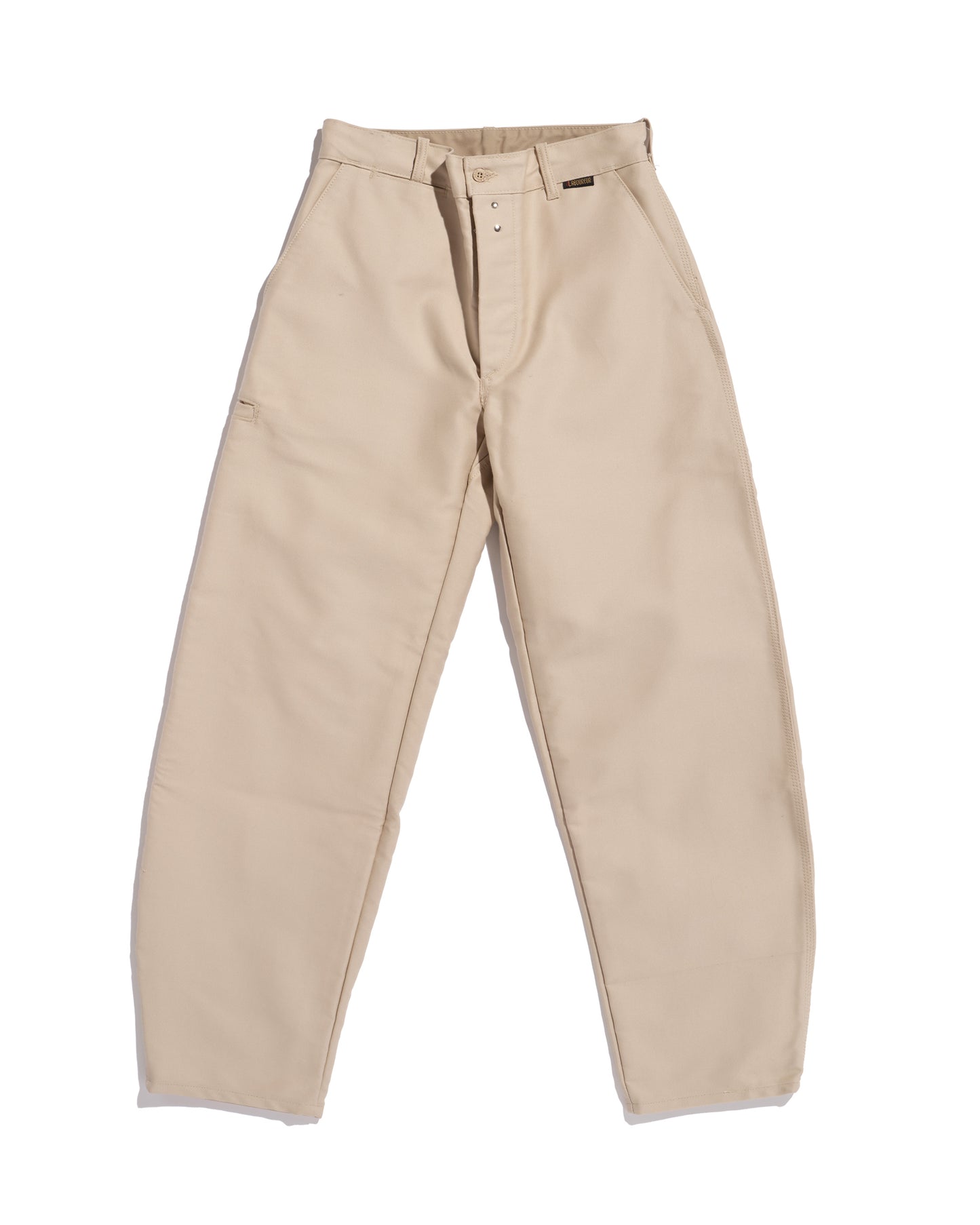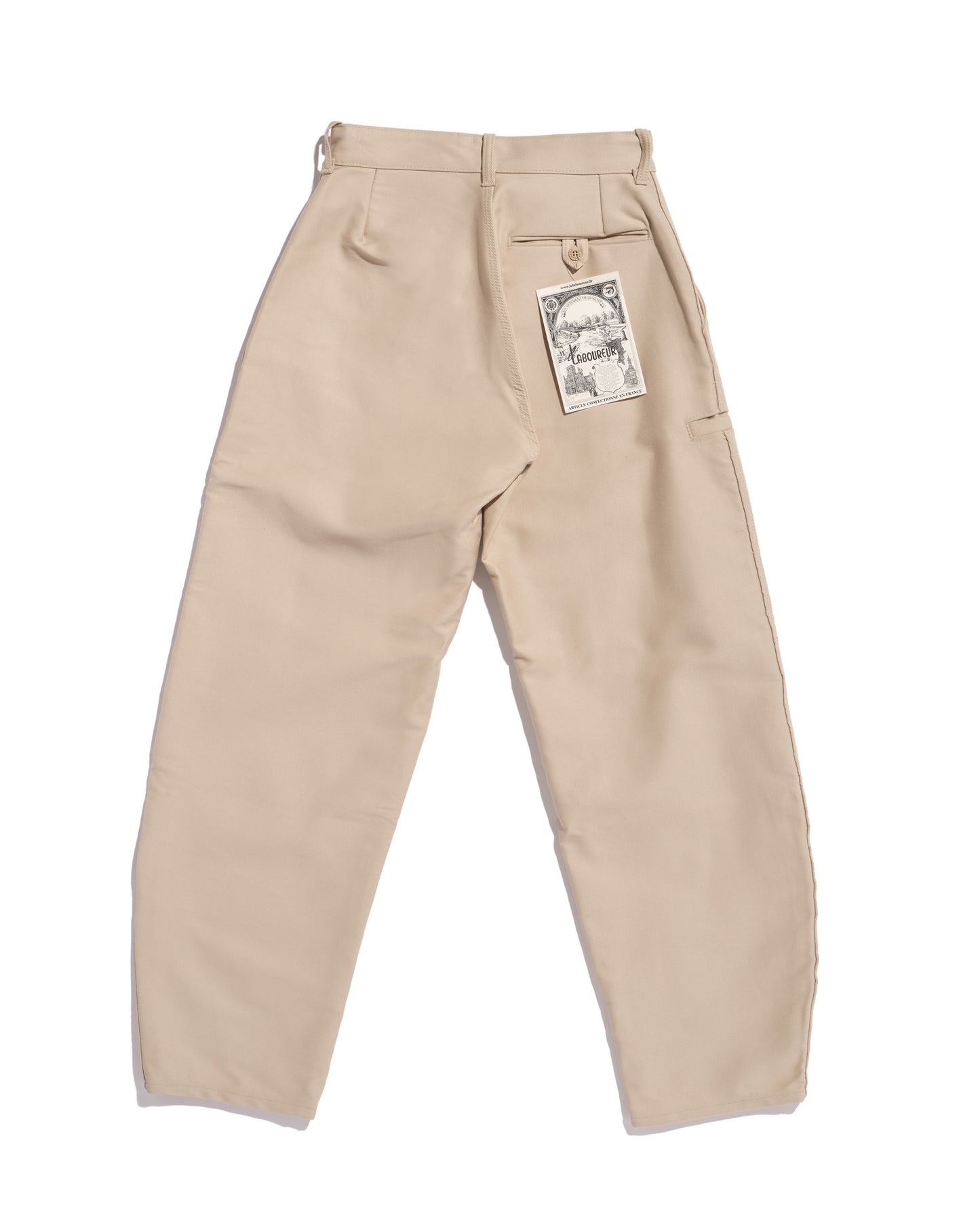Largeot moleskin with loops - ecru
These corporate pants, with a half-balloon shape, wide at the thighs and narrowed at the ankles, were born from a need for comfort and functionality. This "low-rise" version can be worn with a belt or clip-on suspenders. The moleskin fabric ensures comfort and durability. They will acquire a beautiful patina over time. Made in France (Digoin, Burgundy).
Available in 2 colors corresponding to the Companion corporations: Carpenters and roofers wear black, stonemasons and sculptors ecru.
Regular price
€109,00
Color
Ecru
Size
Largeot moleskin with loops - ecru
Regular price
€109,00
Color
Ecru
Size


